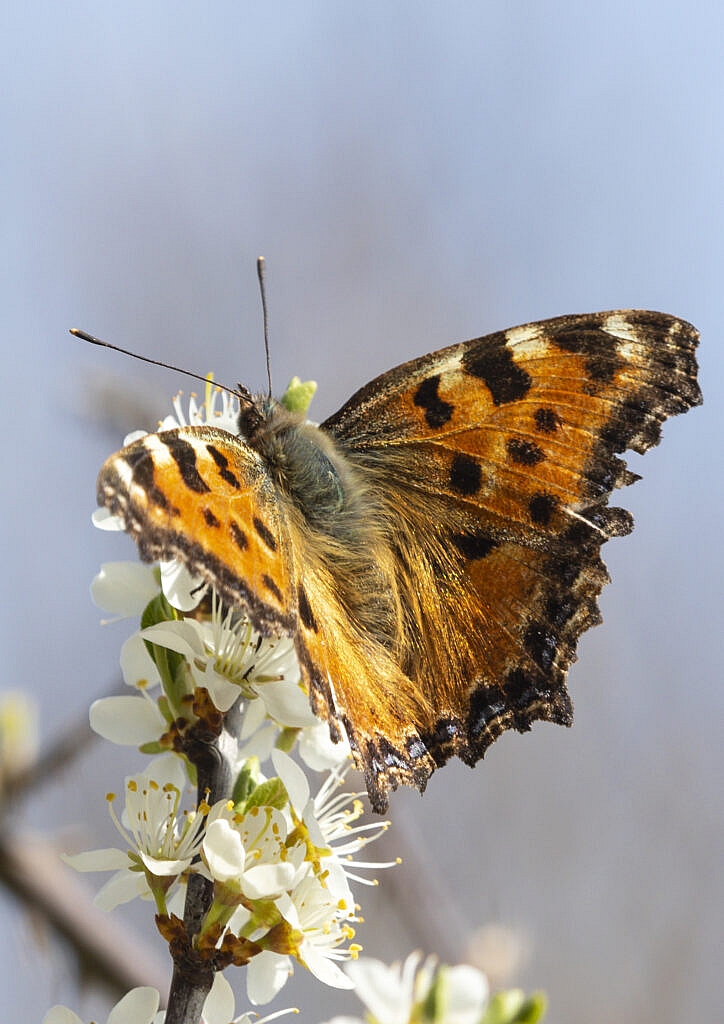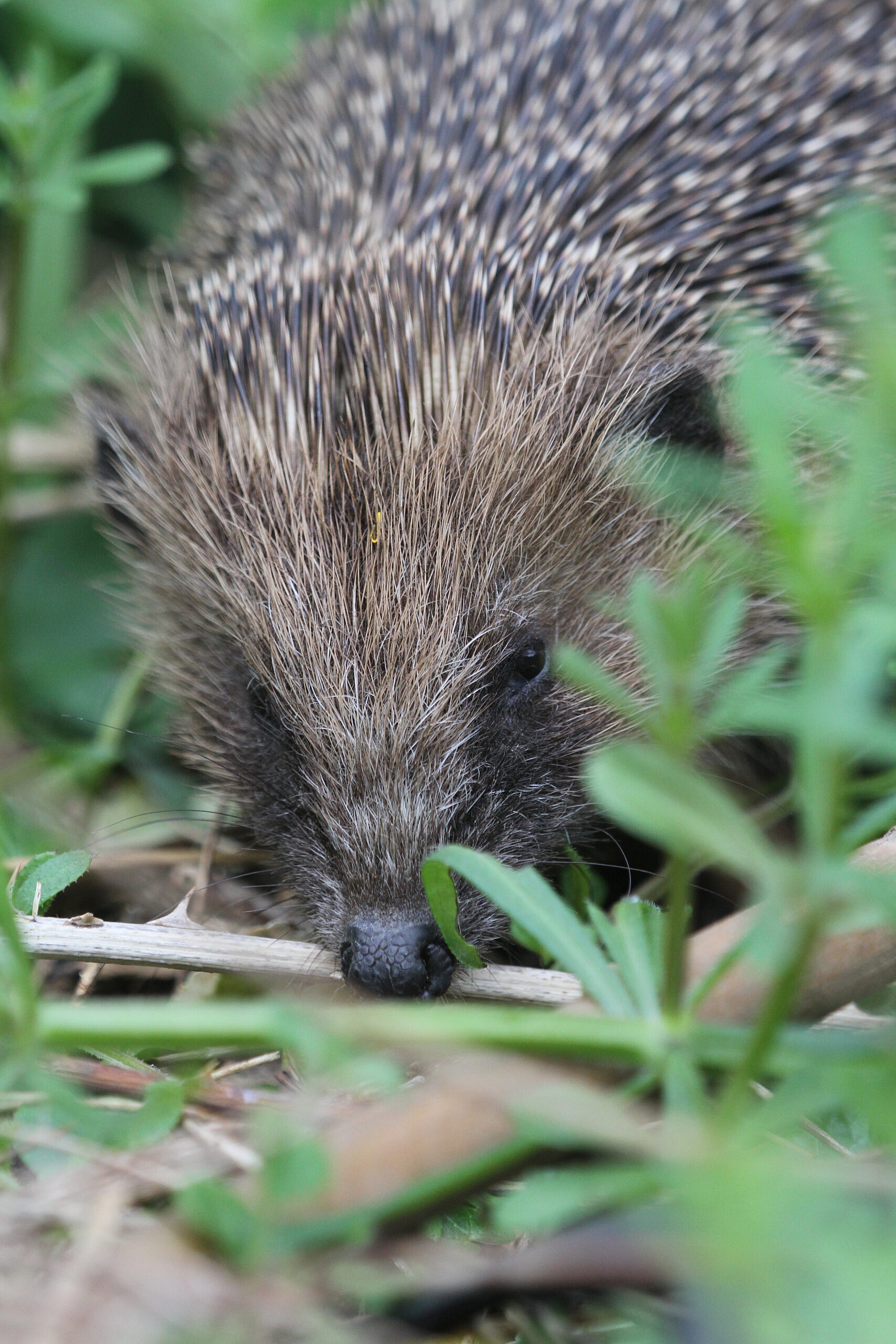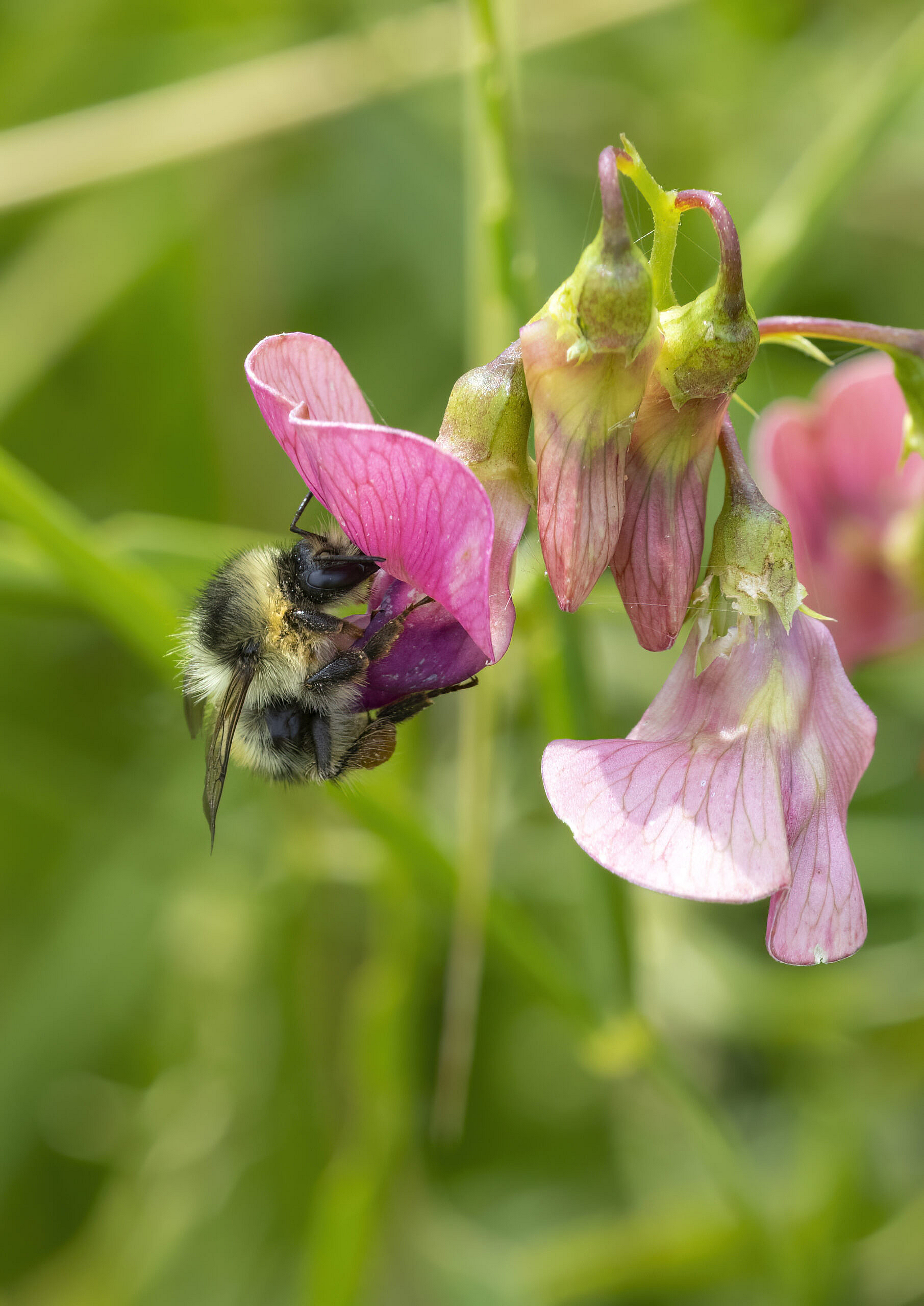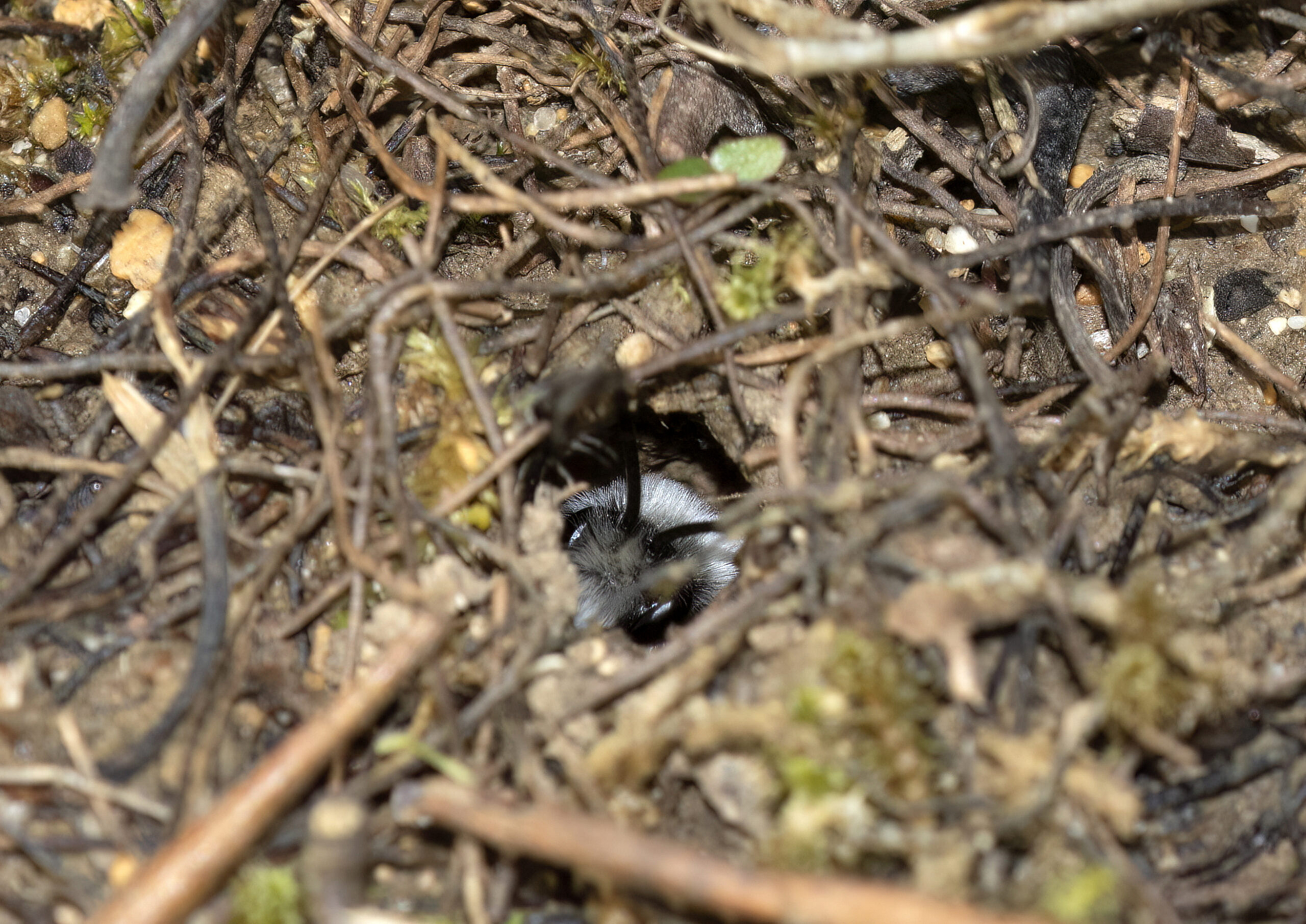If you’re trying to remember it, the headline is from the lyrics to the hymn “Amazing Grace”. As a hymn, it extolls the power of restoration. I have a growing discomfort with the nature conservation movement, who all too often equate “conservation” with “management”. Mankind has all but eradicated many species from this country, and it seems a little ironic that we always believe that nature can only ever recover with our help, even though it was often our ignorance of a species and their specific needs that drove them towards extinction in the first place. Personally, I sit in the “build it and they will come” camp, believing that all nature needs is for us to stop interfering. In that way, I’m an advocate for rewilding, the principle of letting large areas of landscape revert to their natural habitat. That does require one caveat, though – humankind has been interfering in the natural landscape of this country for so long that many of our species have adapted to work around mankind in the same way that adapt to any other natural disaster – by evolving. In some cases, species are now dependent on our management of the environment. But yesterday, on the hottest day of the year so far, I went to see a species that proves it doesn’t always need to be that way.
In a sheltered cove in Portland, a slight onshore breeze kept reminding me that it was still March, not July. I was here because this cove has a wealth of Elm trees. In the 1960, Dutch Elm Disease was imported from Holland and rapidly spread across the country, killing more than 90% of our Elm trees. This loss contributed to a native British butterfly, the Large Tortoiseshell, going extinct in Britain – some say in the 1970s, but there is evidence that some populations may have clung on until the 1990s. Whoever is right, by the turn of the millennium, the large tortoiseshell was gone.
Through the next two decades, odd Large Tortoiseshells would be found, blow-ins from Northern Europe where it sill survives, albeit in reducing populations. And then, two years ago, eggs were found in the very cove I was visiting. A second visit showed caterpillar damage. And the following Sumer, fresh adults were seen. That pattern was repeated last year. The Large Tortoiseshell overwinters as adults, being seen on the wing between February and April. The adults then die, before the next generation take to the wing in June. The butterflies I was seeking were those who had been born here, and had overwintered here, as had their parents. British natives, in fact, making the Large Tortoiseshell now officially Britain’s rarest native butterfly.
The Large Tortoiseshell looks a lot like a familiar butterfly, the Small Tortoiseshell. It a paler orange, and perhaps 30% bigger, with slightly different markings. The sad irony is that just as the Large Tortoiseshell is returning from extinction, its smaller cousin seems to be heading towards it, with numbers dropping significantly. Since the 1970s, the population of the Small Tortoiseshell, a butterfly which was common when I was a child, has dropped by 75%. So I had a clear example of what I was looking for in my mind, as I patrolled the cliffs and buildings of the cover looking for this Lazarus of butterflies.
It took six hours of patience before I was finally rewarded. A large butterfly dropped from the sky and started feeding on the pale pink-white flowers of Blackthorn. This was an end-of-year, rummage-sale butterfly, with tattered and torn wings – but it was unquestionably a Large Tortoiseshell. And in a way, I quite liked the fact that it was battered. This was a battle-scarred veteran, a survivor, one of the leading platoon of returning army, coming to recapture the home that is rightfully theirs, a butterfly that is fighting to reclaim the land its ancestors once called home.
So to the butterfly I saw, and the others that will be born here this coming summer, I say: welcome back,







Social Profiles